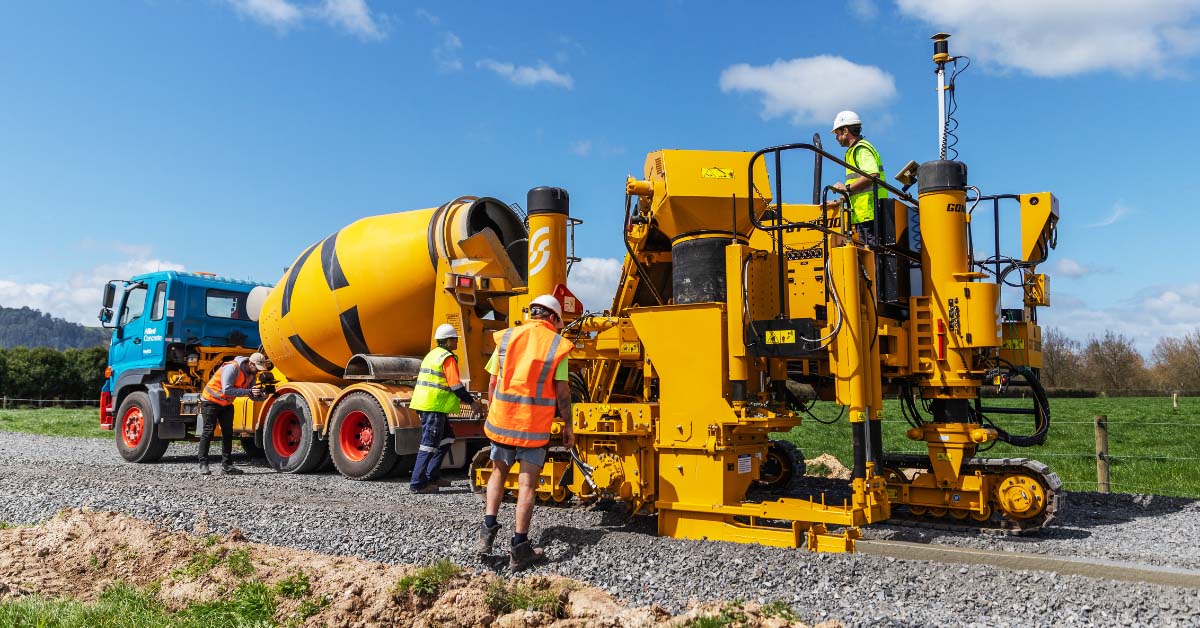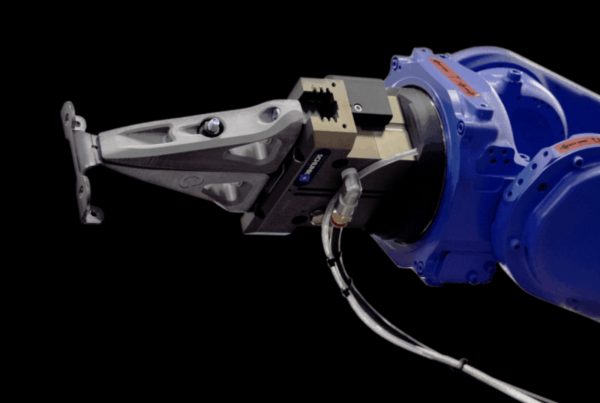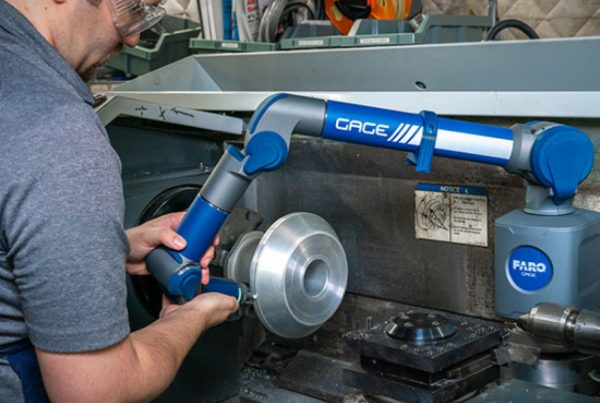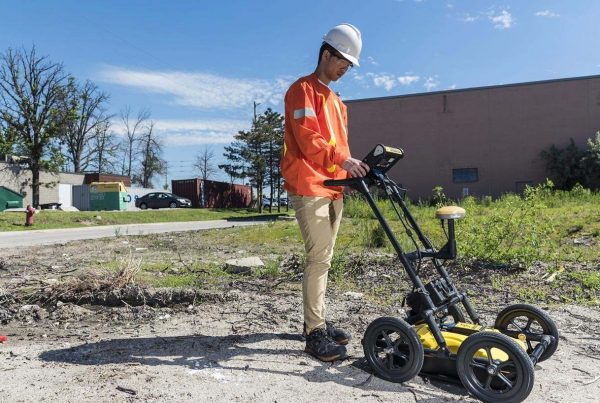Moulding the Future of Concrete Paving with GOMACO and Topcon
Paving and kerbing methods have progressed significantly over the last 50 years, but New Zealand has been slower to adopt the latest in advanced technology.
After investing in the GOMACO GT 3600 Slipform Paver, the team at Slipform NZ got in touch with us to support them with the installation of mmGPS. This would be the first fully automated slipform paver in the country, so we were excited to work on this unique project. In this case study, we take you through Topcon’s collaboration with GOMACO to create a custom kit for the GT 3600 Slipform Paver, as well as some valuable insights from Kane Barry, Managing Director at Slipform NZ, into their experience with the machine so far.
Topcon mmGPS on the GOMACO GT 3600
With all of these obstacles in mind, Topcon teamed up with GOMACO to work on automating the GOMACO GT 3600 Slipform Paver with Topcon’s mmGPS systems. The goal was to eliminate the need for string lines, to create stringless concrete forming, with the highest level of automated accuracy possible.
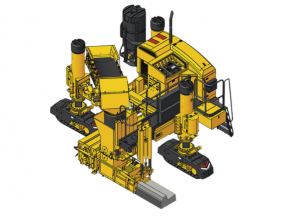
The GOMACO GT 3600 is a concrete forming machine with 2 tracked wheels at the front, 1 tracked wheel at the back, and a mould bolted on the rear with the shape of the kerb being formed. Different moulds can be fitted, depending on the type of paving and the location. Without automation, the machine follows the string line, and forms the kerb and pavement based on that guide, using pin sensors that rest on top of, and next to the string line. The issue with this is that it still requires the expertise of a surveyor, plus other crew members, to accurately place string lines on site — a simple radius can take 2-3 days to complete.
Automating the GT 3600 took some creativity, as it doesn’t have an implement that moves up and down like a grader or dozer — instead, it has a mould, which articulates very differently. Considering the GPS antenna couldn’t be mounted directly over the mould, a completely customised kit was designed specifically for the GT 3600. With this machine, not only is it completely autonomous, we can see the exact angle of each wheel, and we know the precise elevation and position of the pavement being built. From here, it’s a matter of uploading the design specifications, hitting 1 or 2 buttons, and letting the machine get to work.
